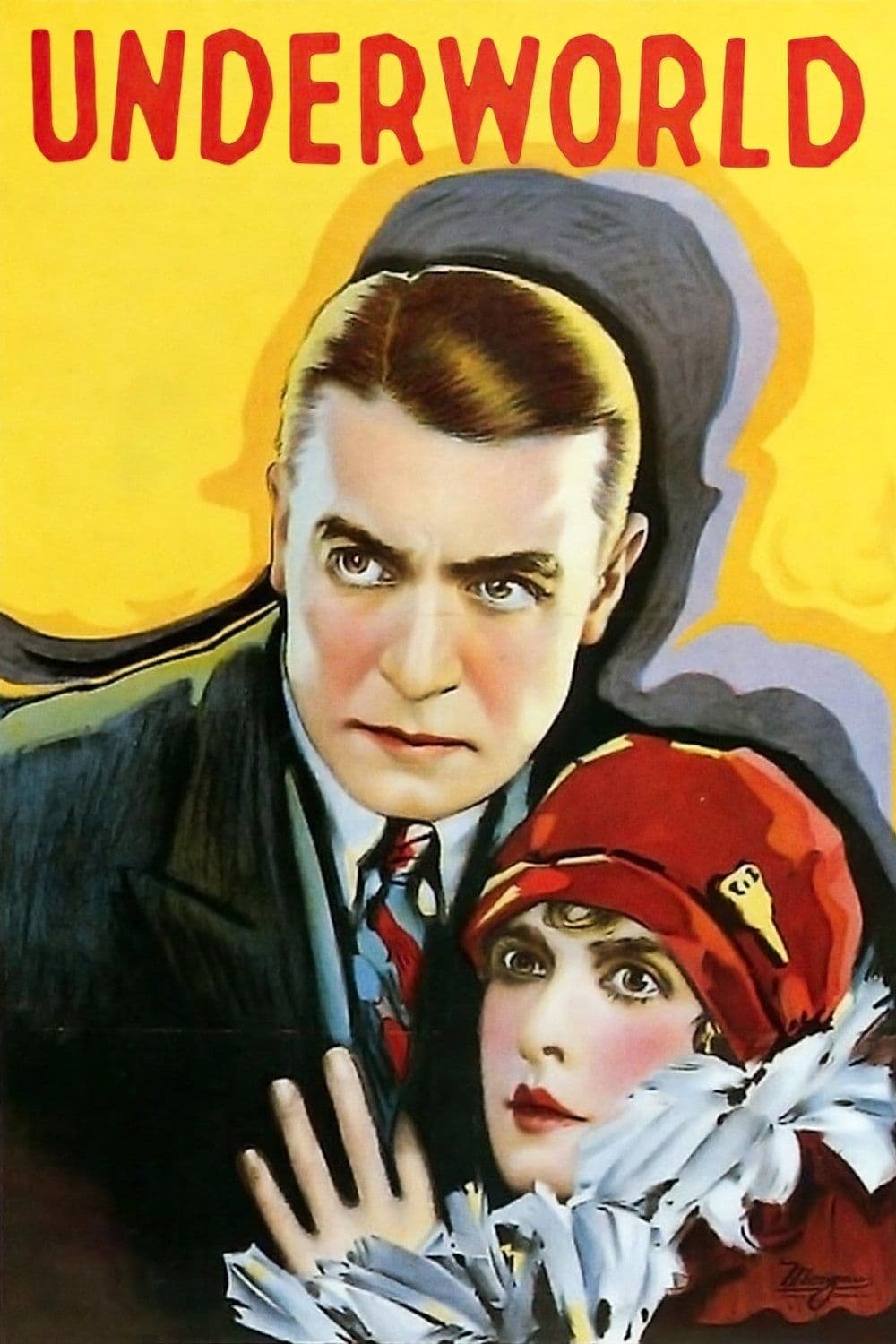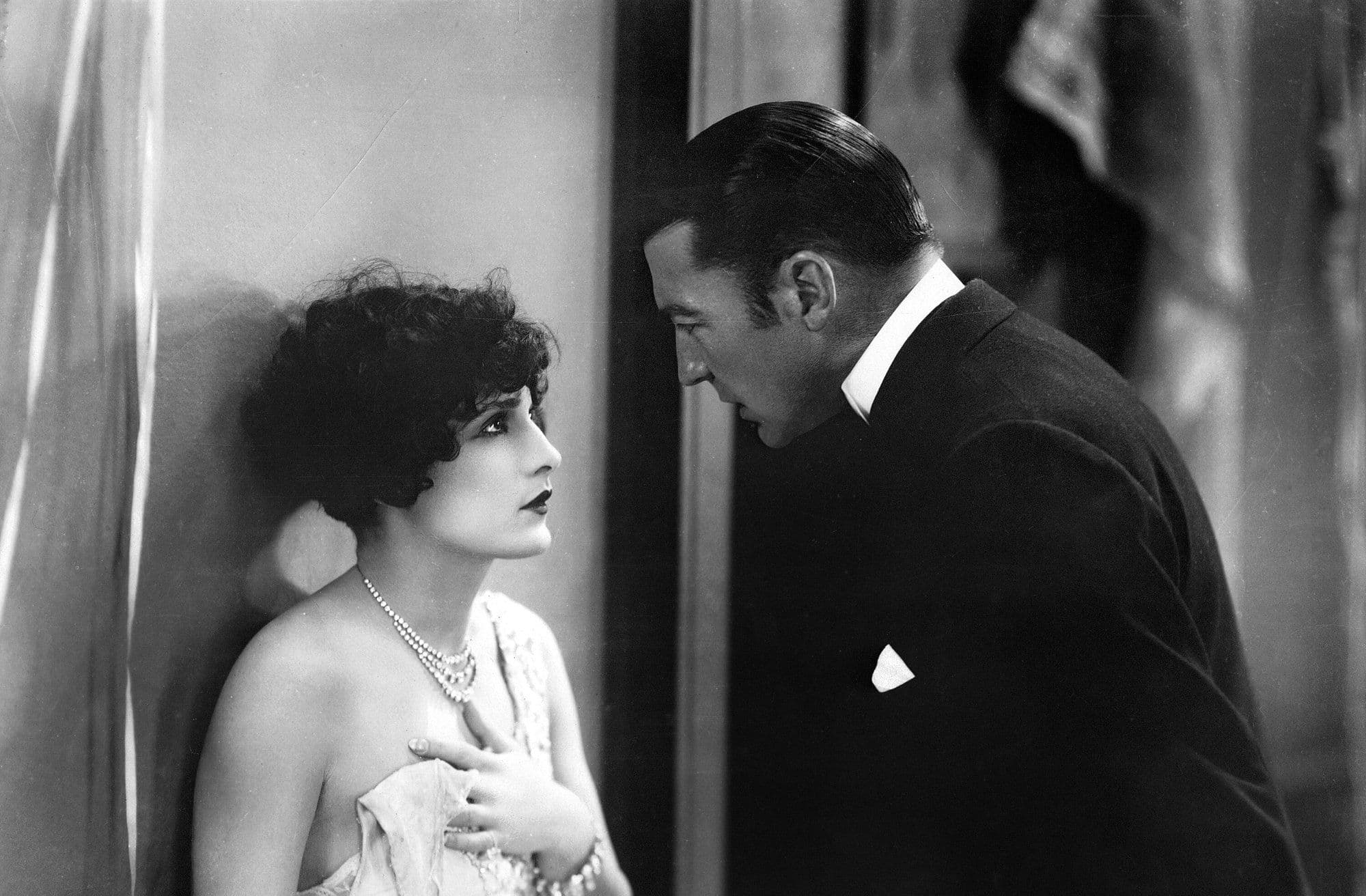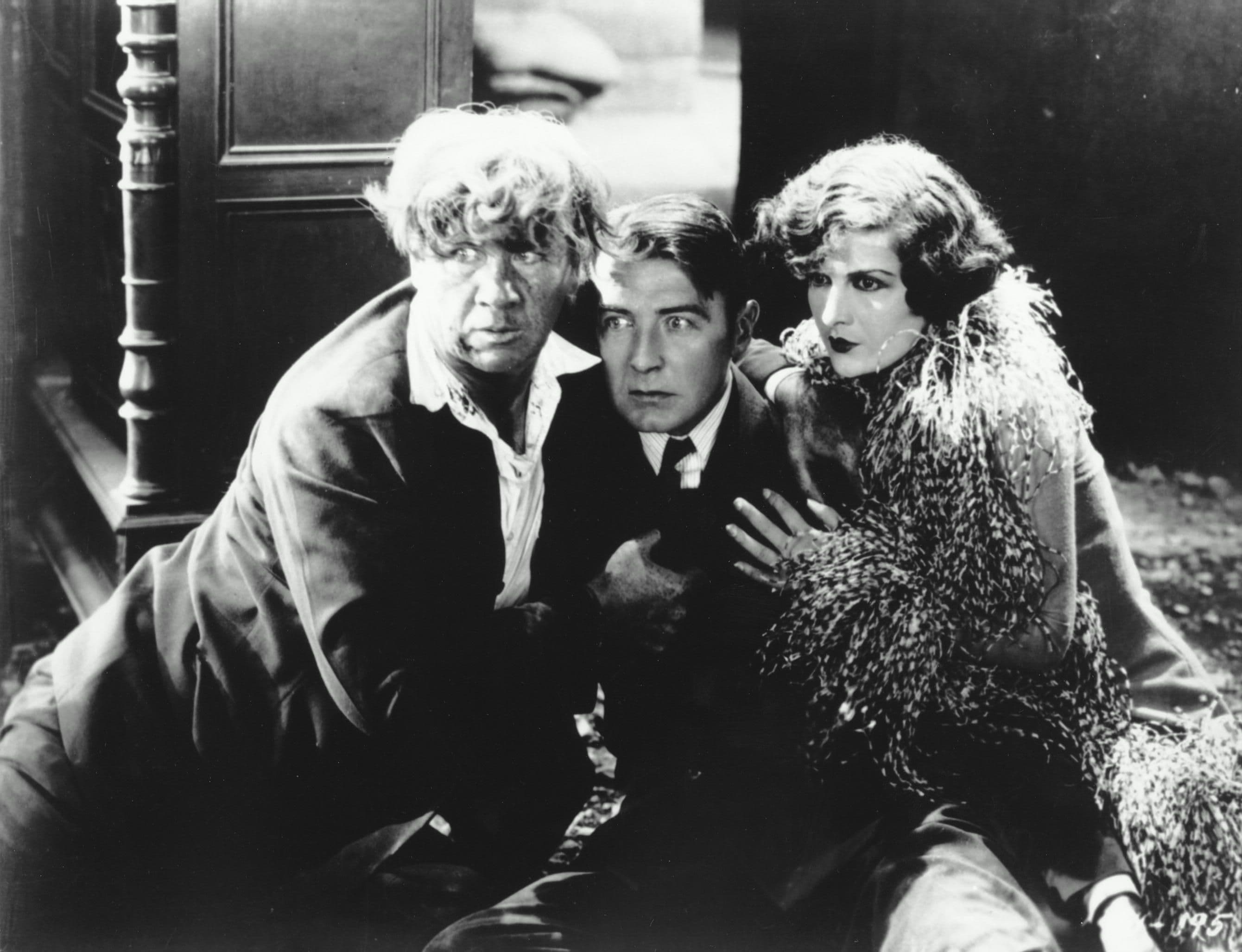
Underworld
1927
Rate this movie
Average: 0.00 / 5
(0 votes)
Director
Also known in Italy as "Castigo", this Josef von Sternberg film impresses with its dramatic intensity and formal refinement. Defined by many critics as the archetype of the gangster movie, it offers many other semantic insights that make it unique in its genre. Furthermore, one should consider the enormous public success the film achieved, contributing to give a decisive boost to cinema as a business, attracting the interest of major investors and paving the way for technological innovations (foremost among them the introduction of sound). Examined through the lens of the era's cinematic aesthetics, the film does not merely represent the classic gangster movie; rather, it offers a penetrating look into the dynamics of power, love, and loyalty, in a historical period (the 1920s) marked by profound social and cultural changes. This period follows World War I and coincides with Prohibition in the United States, a context that not only made organized crime a central theme in narratives but also inspired a new era of artistic innovation. The presence of a brilliant cast and masterful direction contribute to elevating the film to an emblematic level, setting standards that would influence future generations of filmmakers.
The story unfolds around a crime boss who ends up in prison after a robbery. While he is serving his sentence, his partner finds herself dealing with an unexpected evolution of her feelings, falling in love with his right-hand man. This love triangle, set within the context of a harsh, sterile struggle for power, highlights the fragility of loyalty and the complexity of human relationships. When the protagonist is released from prison, his growing suspicion drives him to investigate what he believes to be an inexorable trajectory towards betrayal. Layers of tension accumulate until they reveal not only the loyalty of his companions but also the humanity of his emotions. The narrative questions the essence of fidelity and the corrosive effect that power and violence have on personal relationships. This intertwining of emotions and internal conflicts echoes the broader social themes of the time, where crime emerges as a form of rebellion against an unjust system.
Le notti di Chicago is not only an important milestone in the gangster movie genre but also a work that invites reflection on moral and social issues of the era. The intense atmosphere and celebrated scenes, such as the wild gangster dance and the adrenaline-fueled opening robbery, remain etched in collective memory, representing an era of stylistic and narrative innovation. Ultimately, von Sternberg's film invites us to consider the intersections between violence and vulnerability, between ambition and love, revealing the complexities of humanity struggling to find its place in a world dominated by conflicts. A kind of savage vision of Reality where Plautus's famous adage "Homo Homini Lupus" finds its most complete realization. Sternberg, with directorial mastery, instills in Le notti di Chicago a dense and oppressive atmosphere, where shadow looms over every scene. The subdued lighting, oblique camera angles, and skillful use of chiaroscuro contribute to creating an aura of mystery and fatalism that envelops the characters like an invisible net. This atmosphere, combined with a soundtrack that emphasizes moments of tension and drama, deeply involves the viewer, pulling them into a whirlwind of conflicting emotions. Loyalty, severely tested by betrayals and personal ambitions, clashes with love, a force as powerful as it is destructive. Revenge, finally, emerges as a looming shadow, fueled by anger and the desire for justice. In this context, Sternberg's characters become emblematic figures, destined to live out a foretold tragedy.
Country
Gallery





Comments
Loading comments...